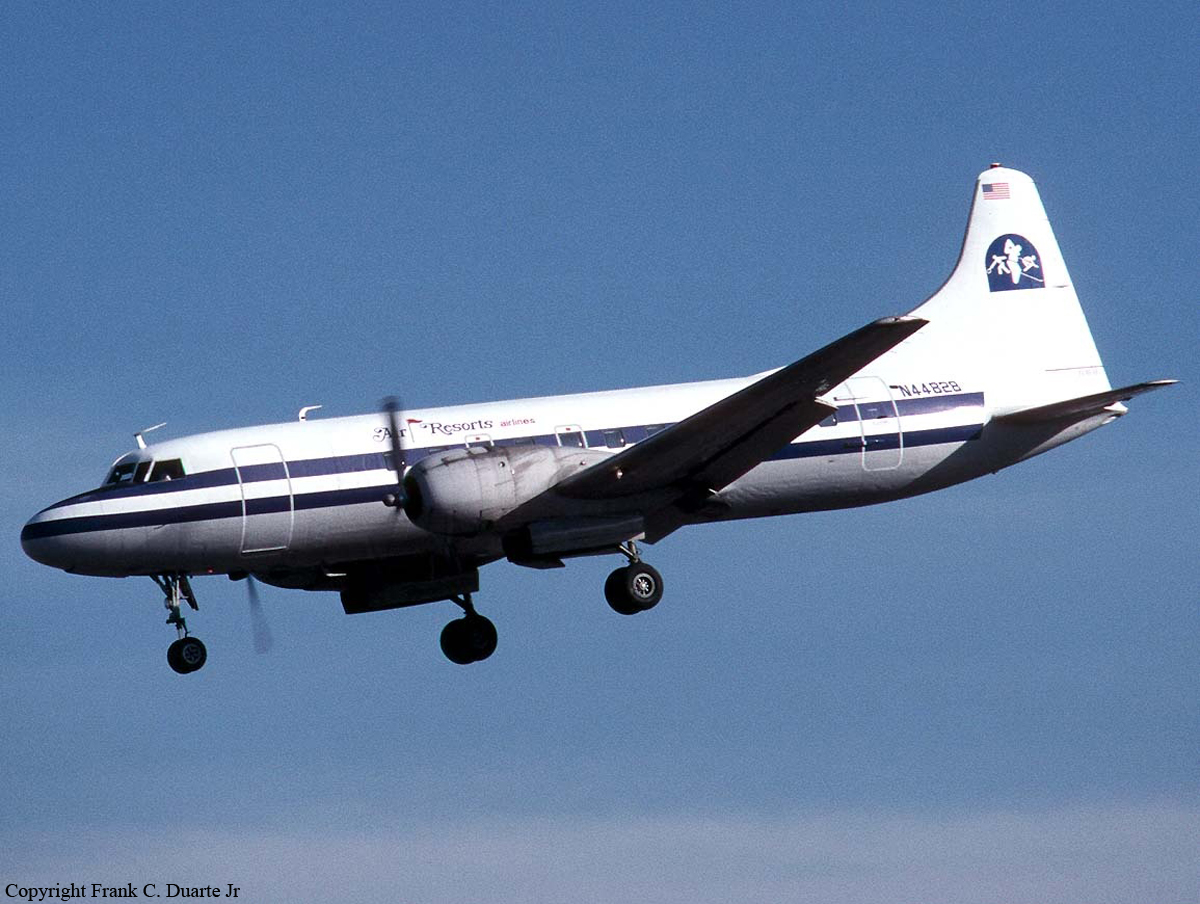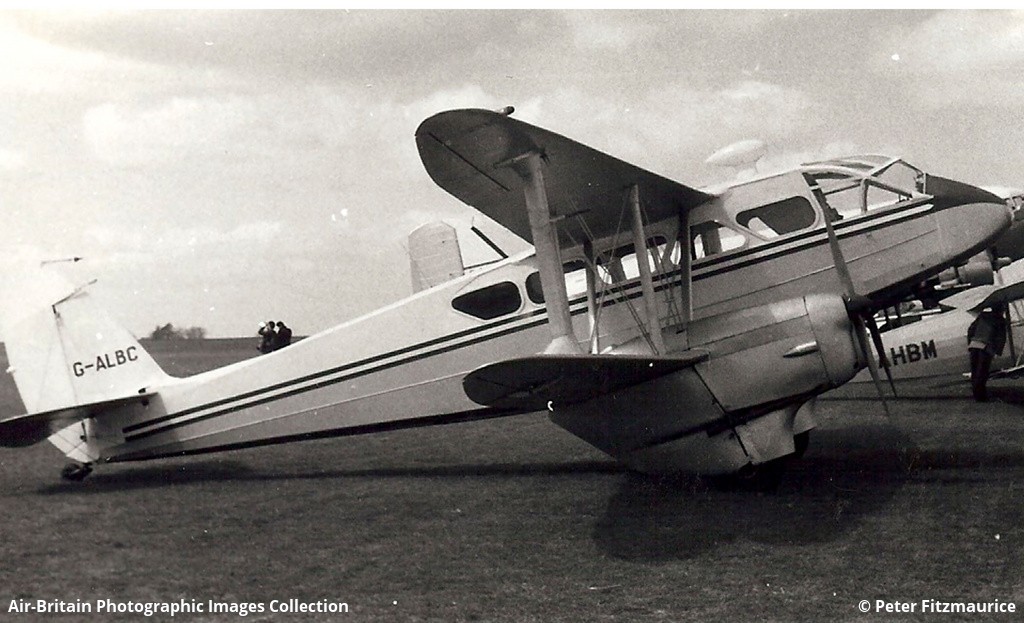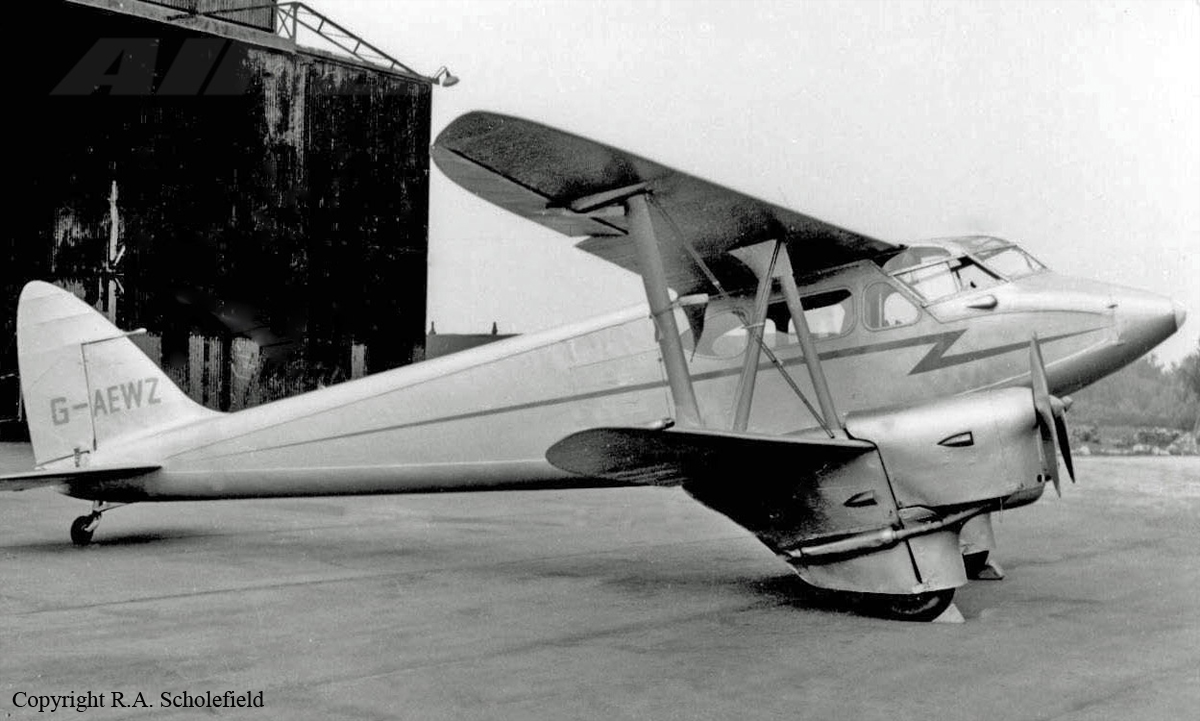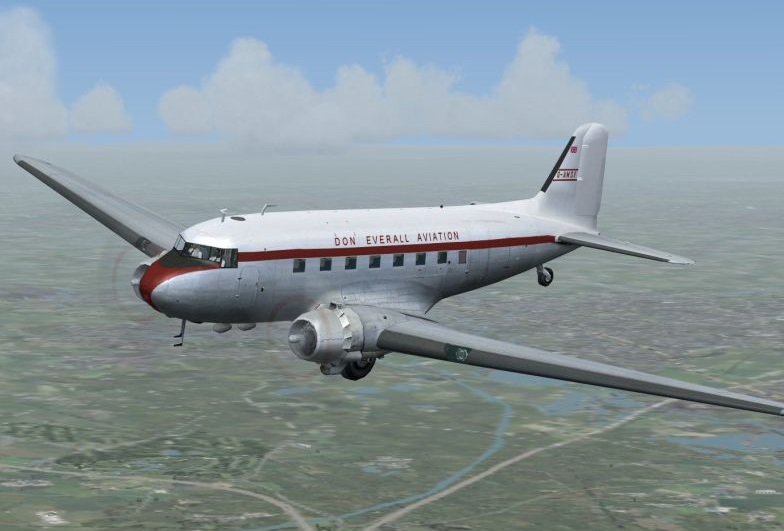Crash of a Cessna 404 Titan in Birmingham
Date & Time:
Nov 27, 1985 at 1744 LT
Registration:
G-BKTJ
Survivors:
Yes
Schedule:
Birmingham – Norwich
MSN:
404-0236
YOM:
1978
Crew on board:
1
Crew fatalities:
Pax on board:
11
Pax fatalities:
Other fatalities:
Total fatalities:
0
Captain / Total hours on type:
242.00
Circumstances:
After a standard engine start the aircraft was taxied to runway 33 and, at 1743 hours, was cleared for takeoff and departure for Norwich. The pilot has stated that the initial takeoff acceleration appeared to be normal and that all engine power instruments were indicating in the green area. At an indicated airspeed of 100 knots he raised the nose and the aircraft lifted off the runway, however there was no further increase in airspeed. He retracted the landing gear and lowered the nose to attempt to gain more airspeed. At this time the airspeed had reduced to 90 knots and the pilot felt some vibration from the elevators. Realising that the aircraft would neither climb nor accelerate, the pilot selected what he hoped was a clear area in which to carry out a 'landing gear up' crash landing. All 12 occupants were injured, three of them seriously.
Final Report:










